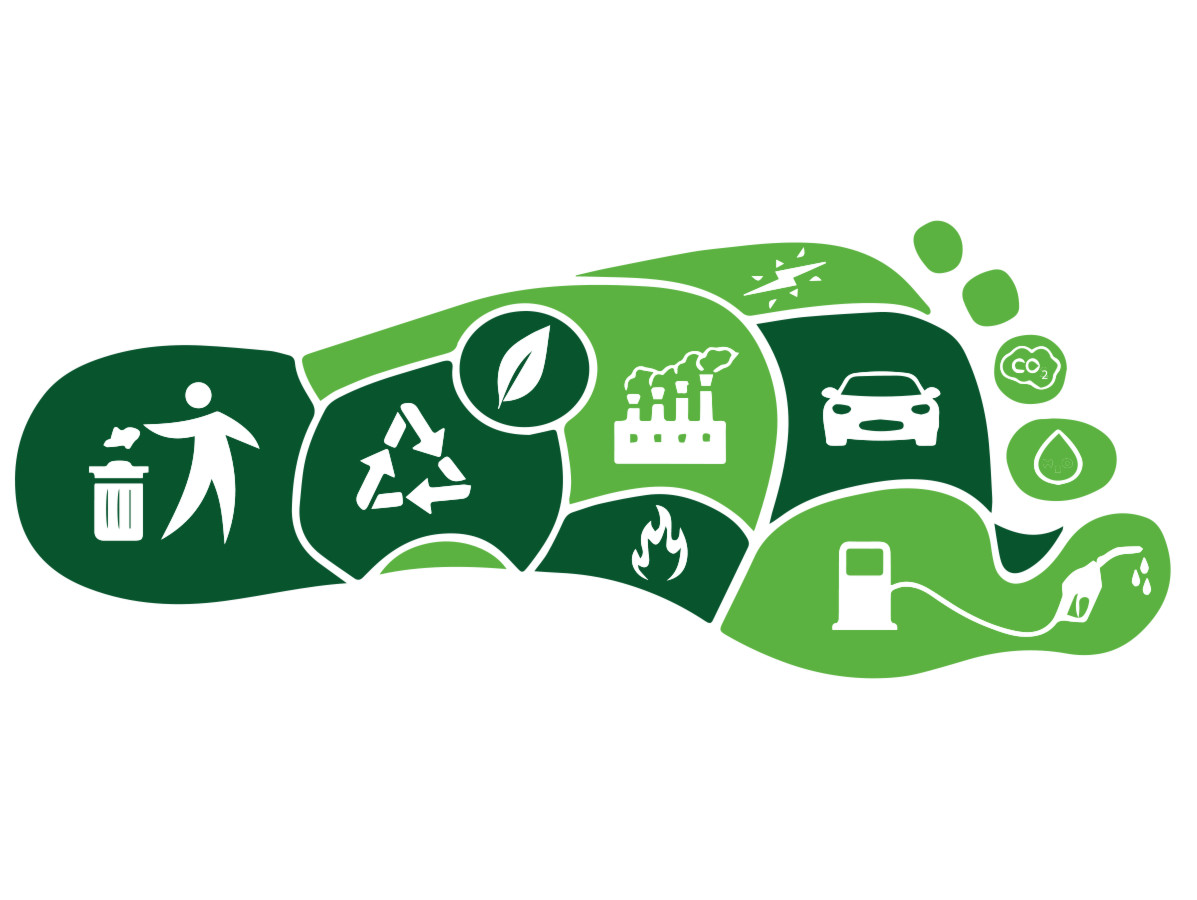
In 2019, the Dutch government purchased €85 billion worth of products and services; 15 percent of total purchases in the Netherlands. The climate impact of this is 18 percent of the total Dutch climate footprint: that's 22 mega tons of CO2 equivalents. This is the first time that the RIVM National Institute for Public Health and the Environment, together with two consultancies, has calculated in concrete terms how much the entire Dutch government itself contributes to greenhouse gas emissions through its procurement of products and services.
In addition to the climate impact, the researchers looked at two other themes: the land use needed to make products and the use of raw materials. Public purchasing comprises 23 percent of the use of raw materials and 9 percent of the land use of all purchasing in the Netherlands. It is not only about the environmental impact of using products and services in the Netherlands, but also about the impact on the entire chain: emissions during production, transport, use and processing into waste. These emissions therefore not only occur in the Netherlands, but worldwide.
The environmental impact differs widely per product group. With the construction and maintenance of buildings and roads, construction appears to have a major impact on all three themes. In terms of land use, catering contributes a lot. When it comes to the consumption of raw materials, machinery and electronics, among others, have a major impact.
The study shows that through its purchasing, the government itself can make a substantial contribution to the energy transition, the transition to a Circular Economy and, through land use in the chain, the reduction of biodiversity loss.
Read the study ‘De milieu-impact van de jaarlijkse 85 miljard euro aan inkoop door alle Nederlandse overheden’ (Dutch only)
rivm.nl
Photo: ©Flexd Design/Shutterstock.com
Source: RIVM